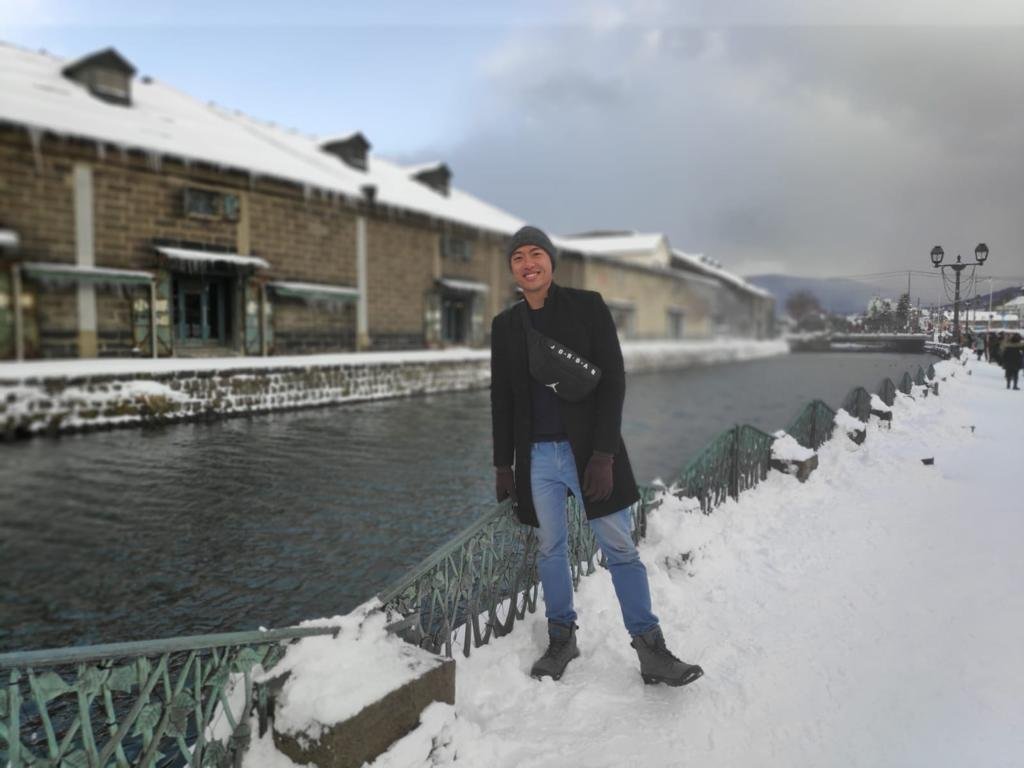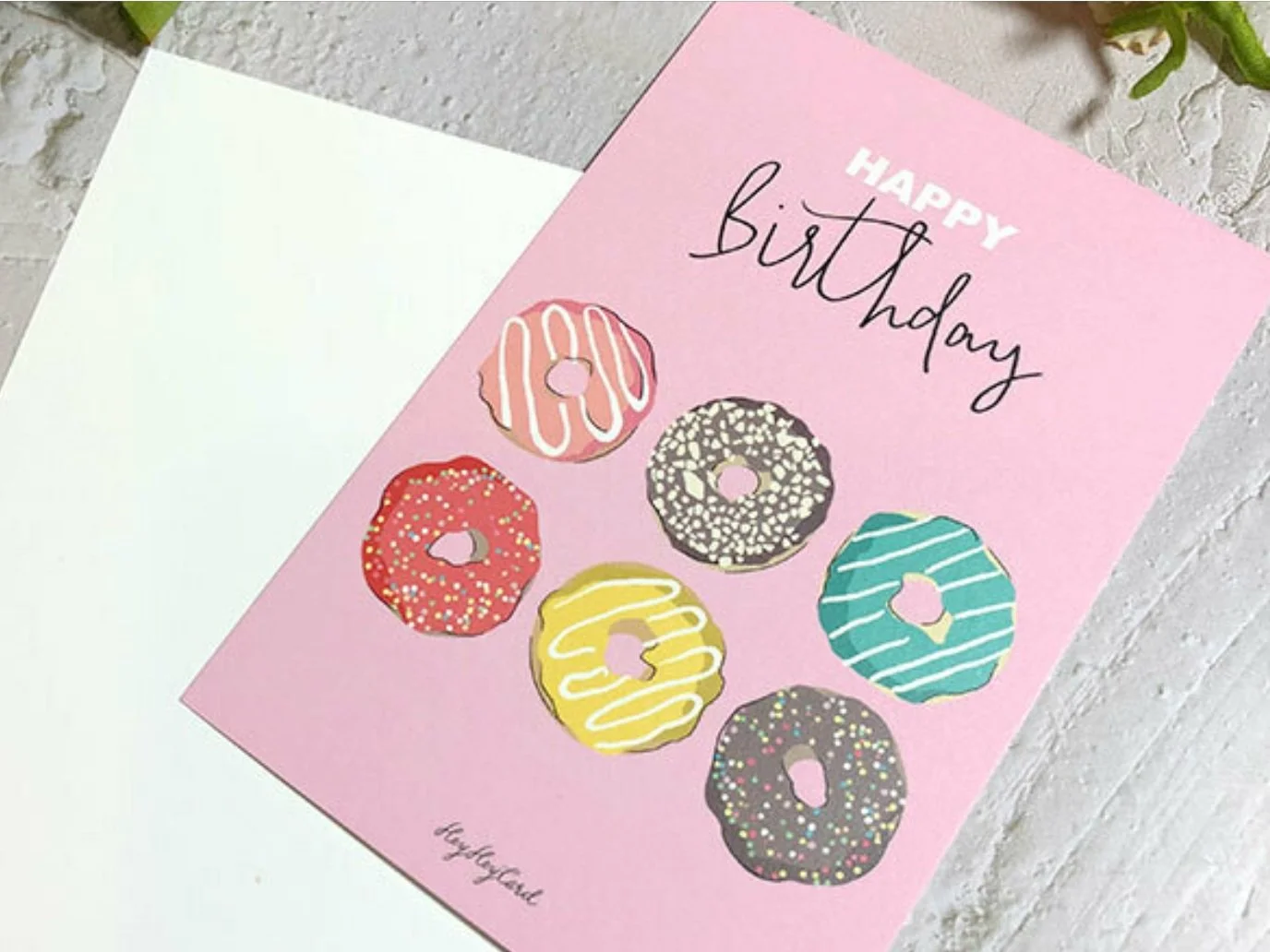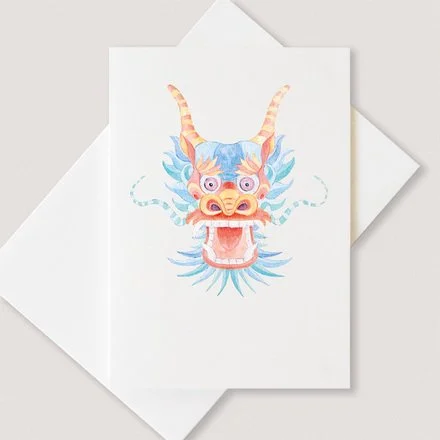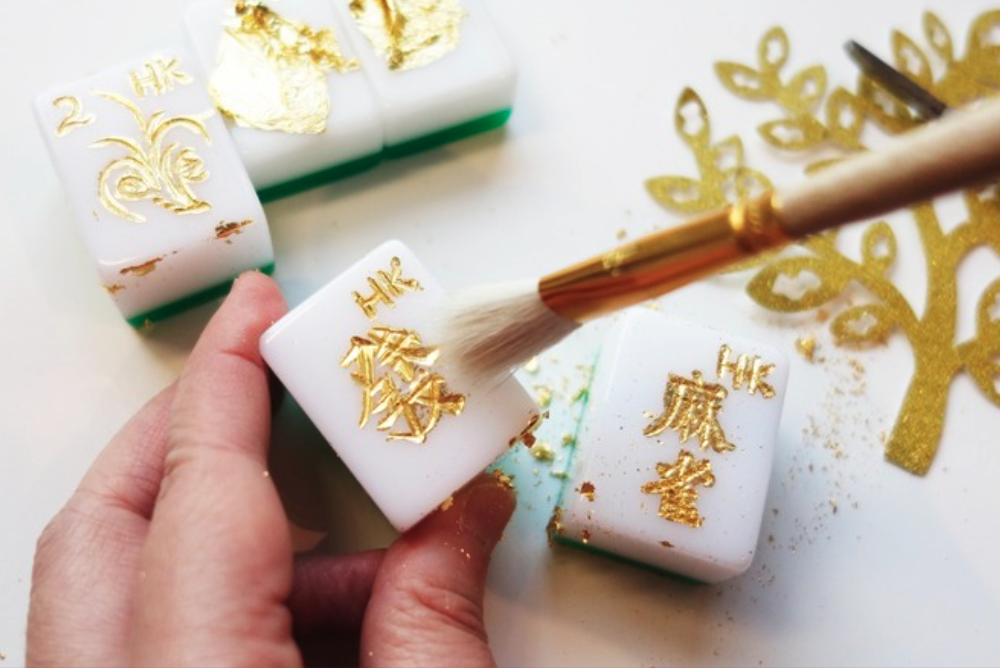Qraftie Chat: King Y. Chung, Experienced Hong Kong Model Maker
5 Mins Read
Have you ever spent time looking at the Hong Kong skyline, gawking at how fluorescent and intricate it all is? Behind every building project there is a person who builds an architectural model to exact specifications, up to the screw and hinges, so that the project can be visualised and completed. We chat with Mr King Y. Chung, a pioneer of architectural model making in Hong Kong, who handmade models for many of the buildings that dot the Hong Kong skyline.
King is considered “probably the best” architectural Model Maker in Hong Kong. He has been in the industry for more than 40 years, and has shaped the industry along with many of the architecture that has changed with it. Those famous bank buildings you see? He built the models for them. The tallest one in Hong Kong? Also him. How about the airport? Check. His work is ubiquitous but he is surprisingly humble about it. He says he is just happy to have found the balance between following his passion and paying the bills.
His passion for creating things and solving different problems is a life long journey. He is happily semi-retired now but he still enjoys time in his workshop, where he works on projects interesting to him and brainstorms different things to make with his bare hands. We have summarised our chat with King on this blog post.
Tell us how you came into the model making industry?
It came to me very naturally. When I was young I was dyslexic and not good with studying at all, but I discovered that I loved making models even when I was very young. I spent all my money and time on buying model parts and putting them together. Then in my first job as a craftsman at a toy company, where one day the boss decided to forgo making paper drafts of designs, and asked if anyone could make models, I said yes I can do it. And then one thing led to another, after the company closed I started taking orders to make models for products and eventually started my own company.
How did your first big architectural project come about?
My company at the time was doing prototypes for boats and other things. Then one day an architectural firm called and asked ‘do you make architectural models?’ and I said Yes of course! Even though we had never made one before [laughs]. But I believe that making a boat or a building is all the same, you are basically trying to convince the audience to believe that the model is true.
Which model are you most proud of?
The HSBC Building, because it was very early in my career in 1982, just 6 years into my new company and around the 3rd or 4th architectural project. It was a big project and the model needed to be modular, so it could be taken apart and put together again, allowing the insides of the building to be visible.
What is your thought on 3D printing and the future of model making?
We used 3D printing because of a client’s request, but I do enjoy building my models from scratch, where everything is more adjustable. I believe 3D printing will become the mainstream method, and many of the handmade models will be replaced as the machines become better and cheaper.
Have you ever thought of having a mentee to pass on the torch?
I don’t believe in passing on techniques or keeping a record of how things are done, because I don’t want people to copy methods; I think one should always reinvent the process every time. I do have a young talent who calls me see-fu [master].
If you can go back in time, what would you do differently?
Nothing, most of what I’ve wanted to do, I’ve done. There is nothing I regret.
Now that you are semi-retired, what is your typical day like?
I come down here [to my workshop], and look at emails. Then I go down to the market and enjoy seeing the fresh foods, bring them back to do some grilling and cooking. I am a bit lost at the moment on what new things I can do, as I have already made everything that I can come up with. King proceeded to take out a handmade erhu, a Chinese musical instrument similar to a violin, which he had made from scratch when he decided that he wanted to learn to play an instrument. He also showed us many of the other things he made in his spare time: a paddle board, a kayak, sculptures and automatic hidden cabinets at his place.
What would you tell your younger self?
Don’t be afraid to start because if you don’t start, you wont get anywhere. Don’t be afraid of trying different things because the more you try, the more experience you have. Try to do a wide range of things because they can be really useful. Don’t limit yourself. If you have a broad spectrum of knowledge, you can do a lot more things, for example if you only know wood furniture making you can only do that. But if you also know a lot about other materials that will broaden your scope in the design process too and open a lot more doors.
“The more all rounded you are, the better survival power you have.”
What advices would you give to artisans in Hong Kong who would like to continue their passion for craftsmanship?
While you are following your passion, you need to make sure there is a way to pay the bills. I was fortunate that making models was my passion, and money was a by-product that came with it. If your passion have not generated sufficient income yet, you should be prepared to do work that might not be relevant to your hobby, to support yourself and your family. But keep doing what you are passionate about, because if it is good, then eventually people will recognise it; and if you are passionate about it, you will do it well.
It was a pleasure chatting with King. King is a wise artisan and we learnt so much from him. Qraftie runs with a core mission on supporting local independent artisans. We aim to share with you inspiring stories of craftsmanship, culture and lifestyle around Hong Kong via our Qraftie blog. If you are interested to learn more about King’s model making journey, you can read his book My 36 years of Model Making in Hong Kong.
Thank you for being an appreciative reader as always. If you enjoying this blog post, please share it with your family and friends. We wish you great success on things you are passionate on.
March 2020
About the author
This blog is written by Qraftie Ambassador, Bernard Yu. Bernard enjoys reading, writing, and water sports. His dream is to have a house next to the ocean furnished with beautiful handcrafted items.
We would like to express our gratitude to Bernard for conducting this Qraftie Chat interview together with the Qraftie Team.














